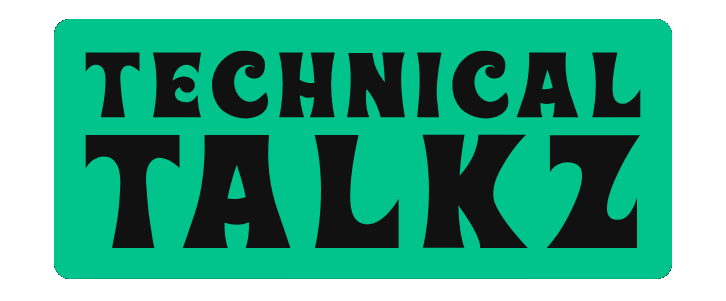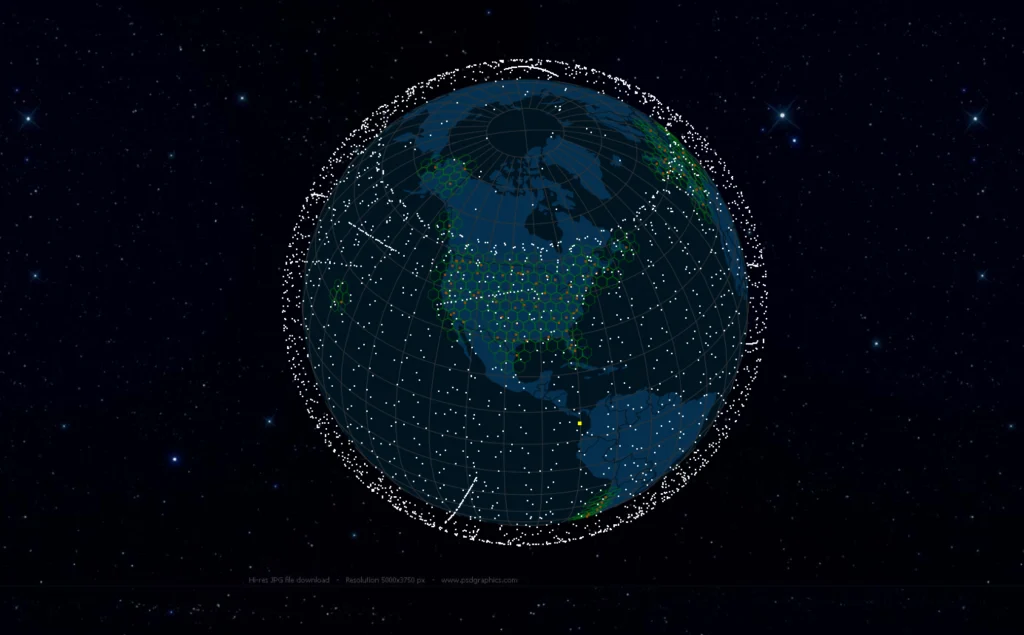In the age of constant connectivity, internet speed, stability, and coverage have become essential — not luxuries. And if you’ve recently found yourself wondering whether Elon Musk’s Starlink satellite internet can truly outperform or replace traditional optical fiber broadband, you’re not alone.
The answer isn’t a simple yes or no. Instead, it depends on your location, usage, and what you prioritize in a connection. Let’s break it all down in a clear, real-world comparison.
🚀 What is Starlink, and Why Is It So Hyped?
Starlink, developed by SpaceX, is a satellite-based internet service that aims to provide high-speed internet anywhere on Earth — including areas where traditional wired broadband doesn’t reach. Instead of relying on buried cables, Starlink uses a constellation of low-orbit satellites to beam internet down to a dish on your rooftop.
Sounds futuristic? It is. And it’s changing the internet game, especially for rural and remote communities.
💡 What is Optical Fiber Broadband?
Fiber broadband, on the other hand, uses fiber-optic cables to transmit data at lightning-fast speeds using light. This is currently the gold standard of internet connectivity, especially in urban areas where infrastructure is well-established.
Fiber is known for ultra-low latency, high speeds, and reliability — making it the go-to for heavy internet users, gamers, streamers, and businesses.
⚔️ Starlink vs Fiber: The Real-World Showdown
Let’s compare both across the metrics that actually matter.
| Feature | Starlink (Satellite) | Optical Fiber Broadband |
|---|---|---|
| Download Speed | 50–250 Mbps (up to 1 Gbps in best cases) | 300 Mbps to 10+ Gbps |
| Upload Speed | 10–40 Mbps | 100 Mbps to 1 Gbps |
| Latency | ~25–60 ms (pretty good for satellite) | 1–10 ms (ideal for real-time use) |
| Stability | Affected by weather and obstructions | Extremely stable (unless physically damaged) |
| Coverage | Global — even remote/rural areas | Limited to areas with infrastructure |
| Installation Cost | ~$599 for hardware, $110+/month subscription | Often free install, $30–80/month on average |
| Best For | Remote workers, rural gamers, off-grid living | Urban streamers, pro gamers, large households |
🎮 What About Gaming and Streaming?
This is where fiber clearly takes the crown.
- Gaming: Fiber offers lower latency (ping), which is crucial in competitive gaming. Starlink has decent ping for a satellite service (~25–50 ms), but it still can’t beat fiber’s real-time responsiveness.
- Streaming: Both can handle 4K streaming. But during high traffic or bad weather, Starlink might stutter — fiber won’t.
🌎 Where Starlink Shines
Despite fiber’s technical superiority, Starlink isn’t a gimmick. It shines where fiber doesn’t exist. For example:
- Rural farmlands
- Off-grid cabins
- Mountain towns
- Boats, RVs, and mobile setups
For people in these areas, Starlink is often the only option that doesn’t suck — and it’s a pretty solid one at that.
🏁 Final Verdict: Which One Should You Choose?
- If you live in a city or suburb where fiber is available — get fiber. It’s faster, cheaper, and more stable.
- If you’re in a rural area, off-grid location, or constantly moving — Starlink is a godsend.
It’s not really about which is “better” overall — it’s about which one is better for your situation.
✨ Closing Thoughts
Starlink represents a giant leap for global internet access, but it’s not here to replace fiber — at least not yet. Think of it as a powerful alternative, especially where wires just can’t reach.
In 2025 and beyond, your choice comes down to one thing: Sky or Wire? Pick what connects you best.




The comparison hits the nail on the head—where you live really dictates which service makes sense. It’s less about which is technically ‘better’ and more about what’s actually available and reliable in your area.